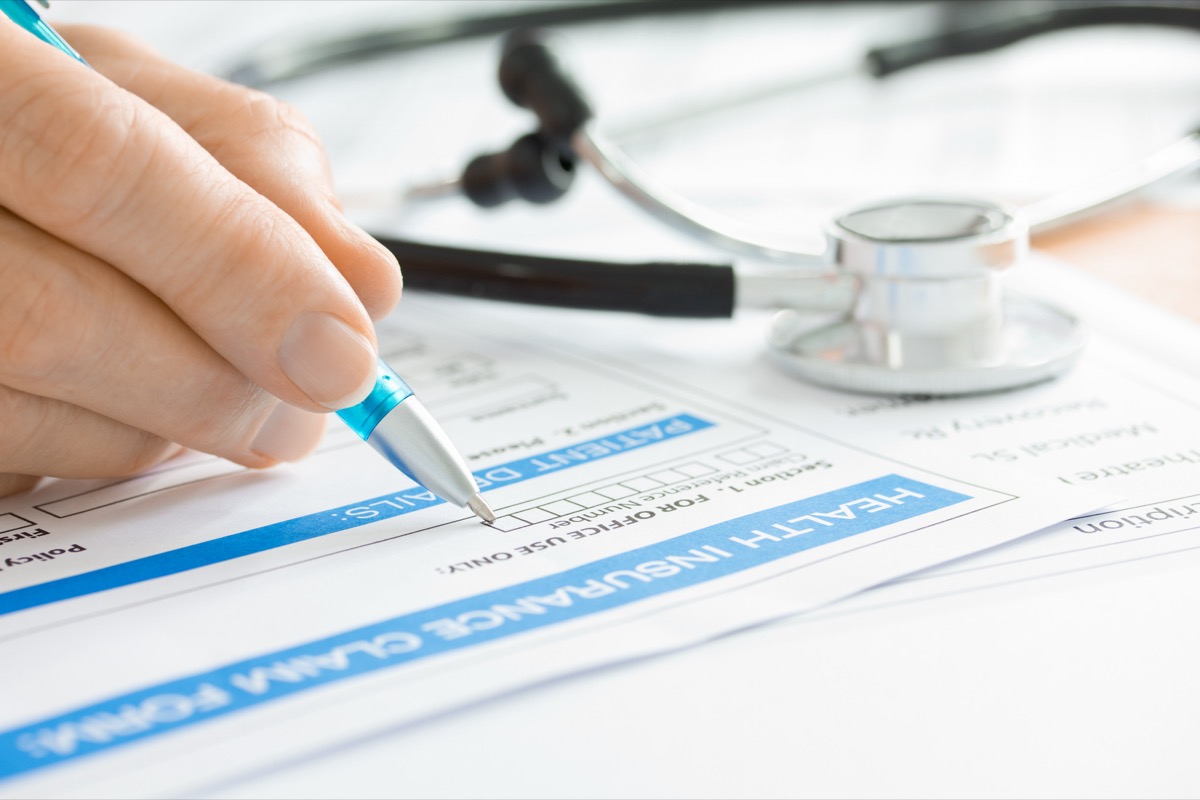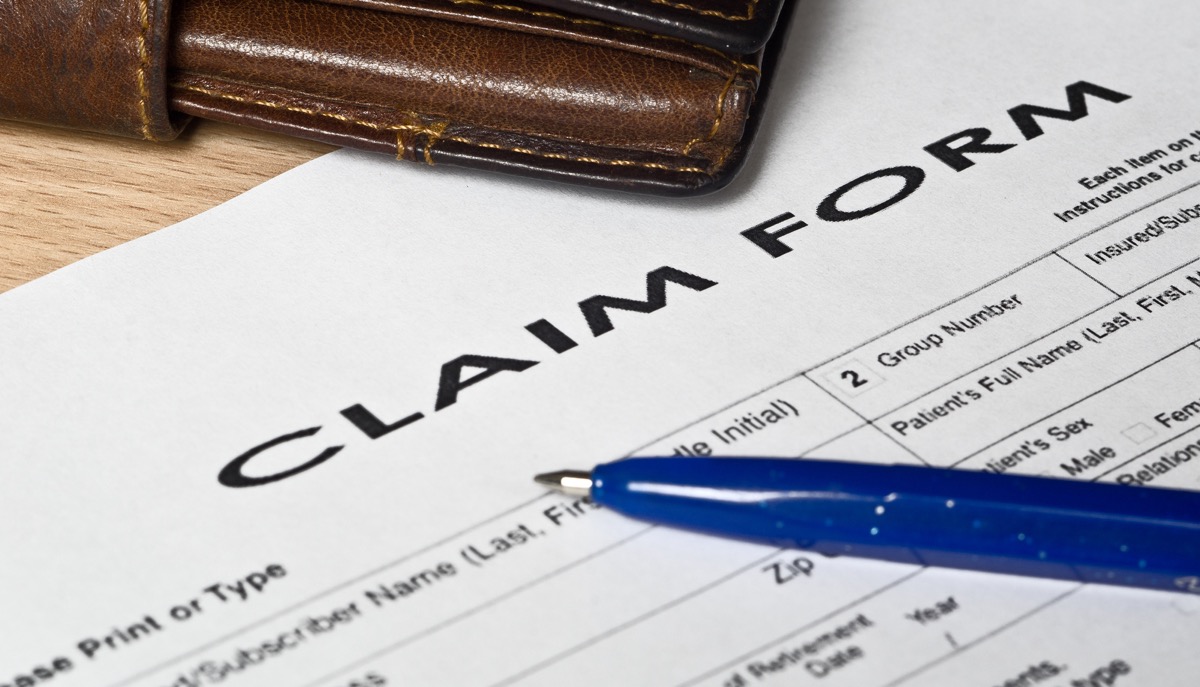Contents of this Post
ToggleHave you been injured due to someone else’s negligence? If you’re considering filing a personal injury claim, it’s crucial to gather strong evidence to support your case. Here’s where documenting your injury comes in. Proper documentation strengthens your claim significantly, increasing your chances of a fair outcome.

So, how exactly do you document your injury effectively? Let’s explore some key steps to take:
Seek Immediate Medical Attention
This might seem like a no-brainer, but it’s vital to see a doctor as soon as possible after your injury. Doctors and lawyers can help you with your personal injury claim. Even if your pain seems minor initially, it’s important to get a professional evaluation. Here’s why:
- Establishes a Medical Record: A doctor’s visit creates a record of your injury, including the date, symptoms, and initial diagnosis. This record becomes crucial proof that your injury is real and connected to the accident.
- Documents the Extent of Injuries: Early medical attention allows for a thorough examination, potentially revealing hidden injuries that may surface later. This documentation strengthens your claim by showcasing the full picture of your injuries.
Capture Photographic Evidence
Pictures are worth a thousand words, and that holds true for personal injury claims. Take photographs of the following:
- The Accident Scene: If possible, capture photos of the location where the accident happened. This helps illustrate the conditions that contributed to your injury.
- Visible Injuries: Take clear pictures of any cuts, bruises, swelling, or other visible signs of injury. These photos should be dated to show the progression of healing (or lack thereof).
Keep a Detailed Injury Journal
Maintaining a detailed journal of your injury experience is a powerful tool. Here’s what to include:
- Date and Time: Record the date and time of each entry.
- Pain Levels: Describe your pain intensity and location. Use a pain scale (1-10) for consistency.
- Symptoms: List any symptoms you experience, including headaches, dizziness, or mobility limitations.
- Treatment Details: Note down doctor visits, medications prescribed, and any therapy sessions you attend.
- Daily Impact: Describe how your injury affects your daily life. Are you unable to work? Can’t perform household chores? Mention these limitations.
Organize Medical Records and Bills
Medical records and bills serve as concrete evidence of your injury and the related expenses. Here’s what to keep track of:
- Doctor’s Reports: Collect copies of all reports from doctors, specialists, and any other medical professionals you visit.
- Diagnostic Tests: Keep copies of X-rays, MRIs, or any other diagnostic tests performed.
- Treatment Bills: Hold onto all bills related to your injury, including hospital stays, medications, therapy sessions, and medical equipment.
Don’t Forget the Details
While the above steps are crucial, remember these additional details that can strengthen your case:
- Witness Statements: Witness statements from bystanders can offer a valuable independent perspective on the accident, potentially strengthening your personal injury claim.
- Police Reports: If the police were involved, request a copy of the police report.
- Employment Records: If your injury affects your ability to work, document lost wages or changes in your work schedule.
Why is Documentation Important?

Strong documentation serves several purposes in a personal injury claim:
- Establishes the Cause of Injury: Documentation helps link your injury directly to the accident, making it easier to prove negligence.
- Supports the Severity of Your Claim: Detailed records showcase the extent of your injuries and their impact on your life, justifying the compensation you seek.
- Strengthens Your Negotiating Position: Solid documentation empowers you during settlement discussions.
Beyond the Basics: Additional Tips for Documentation
- Save Everything: It’s better to have too much documentation than not enough. Keep receipts for transportation costs related to medical appointments, pharmacy purchases, or any injury-related expenses.
- Be Honest and Consistent: Throughout the documentation process, be truthful and consistent with the details you provide. This builds trust with your attorney and strengthens the credibility of your claim.
- Stay Organized: Create a system for organizing your documents. Use labeled folders, binders, or a digital filing system to keep everything easily accessible.
- Don’t Discuss Your Case on Social Media: While you might feel the urge to share your experience online, refrain from discussing the details of your accident or injury on social media. Insurance companies and opposing parties can sometimes use social media posts against you.
When to Consult an Attorney
An attorney can guide you through the entire personal injury claim process, offering valuable expertise in several ways:
- Understanding Your Rights: An attorney can explain your legal rights and options after an injury. They can assess the strength of your case and advise you on the best course of action.
- Gathering Evidence: Beyond your own documentation efforts, an attorney can help gather additional evidence to support your claim. This may involve obtaining witness statements, accident reports, or expert opinions.
- Negotiating a Settlement: Attorneys have experience negotiating fair settlements with insurance companies. They can advocate for the compensation you deserve, considering medical bills, lost wages, pain and suffering, and other damages.
- Representing You in Court: If a settlement cannot be reached, your attorney will represent you in court, ensuring your rights are protected throughout the legal proceedings.
Remember: Consulting with an attorney is an investment in your well-being. A qualified professional can significantly increase your chances of a successful outcome in your personal injury claim.
Conclusion
Documenting your injury is a crucial first step in pursuing a personal injury claim. By gathering comprehensive evidence, you can build a strong case and increase your chances of receiving fair compensation. Remember, consulting with a qualified personal injury attorney is highly recommended to navigate the legal process effectively and achieve a successful outcome. Don’t hesitate to seek legal guidance to ensure your rights are protected and you receive the compensation you deserve.
